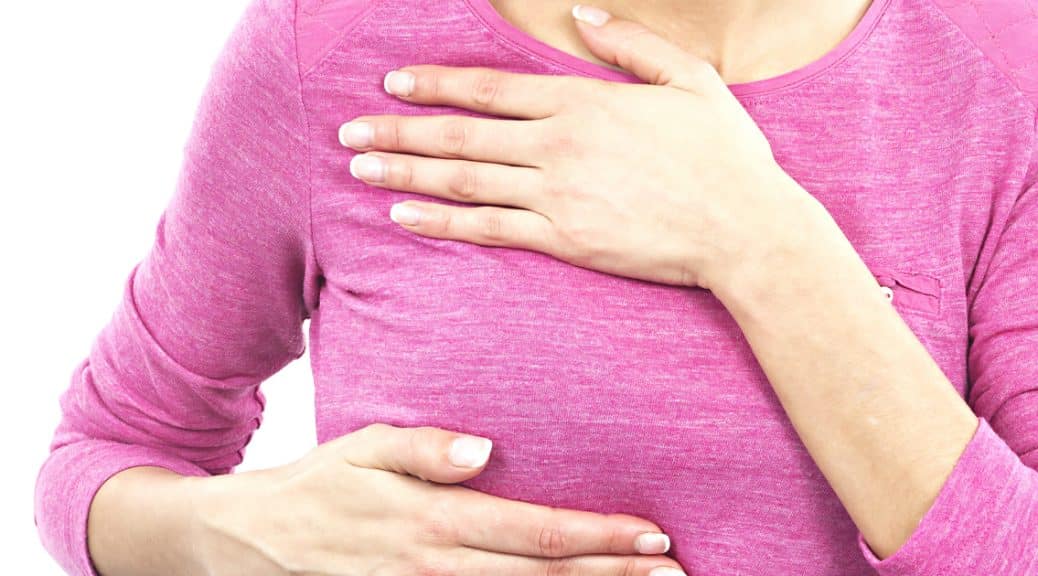Chose The Best Options for Online Earning Money form Home
Here you will know above all to Chose The Best Options for Online Earning Money form Home. In today’s digital age, earning money from home has become an increasingly viable option for many individuals. With the right strategies and tools, anyone can start generating income without stepping outside their front door. However, with so many opportunities available, choosing the best options for online earning can be overwhelming. This guide will walk you through some of the top ways to make money online, ensuring that you can find the perfect fit for your skills and lifestyle.
Understanding Your Skills and Interests
Before diving into any online earning opportunity, it’s crucial to assess your skills and interests. Many people make the mistake of jumping into the first opportunity they come across without considering whether it aligns with their strengths. By taking the time to understand what you’re good at and what you enjoy doing, you can narrow down your options and focus on opportunities that you’ll not only excel at but also enjoy.
For instance, if you have a talent for writing, you might consider freelance writing or starting a blog. On the other hand, if you’re more technically inclined, you might look into website development or digital marketing. By aligning your online earning efforts with your skills, you’ll find the work more rewarding and sustainable in the long term.
Freelance Writing and Blogging
Freelance writing is one of the most accessible and flexible ways to earn money online. Whether you’re writing articles, creating content for websites, or crafting copy for marketing campaigns, there are countless opportunities to get paid for your words. Additionally, if you enjoy writing on specific topics, starting a blog can be a lucrative way to generate passive income.
To get started with freelance writing, you’ll need to build a portfolio of your work. This can be done by writing guest posts for blogs, creating sample articles, or even starting your own blog. Once you have a portfolio, you can begin applying for freelance writing gigs on platforms like Upwork, Freelancer, or Fiverr. These platforms connect freelancers with clients looking for writing services, making it easier to find work.
Affiliate Marketing
Affiliate marketing is another popular option for earning money online, particularly for those who enjoy content creation. In affiliate marketing, you promote products or services on your website, blog, or social media channels, and earn a commission for every sale made through your referral link. This method can be highly profitable if you have a large audience or a niche following.
To succeed in affiliate marketing, it’s essential to choose products or services that align with your audience’s interests. Additionally, creating high-quality content that provides value to your audience can help increase your chances of making sales. Many affiliate marketers also use SEO strategies to drive traffic to their content, further boosting their earnings.
Online Teaching and Tutoring
If you have expertise in a particular subject, online teaching and tutoring can be a fulfilling way to earn money from home. With the rise of e-learning platforms, there are numerous opportunities to teach students of all ages from the comfort of your home. Whether you’re tutoring one-on-one or creating online courses, this option allows you to share your knowledge and earn an income simultaneously.
To start teaching or tutoring online, you’ll need to determine what subjects you’re qualified to teach. You can then sign up on platforms like VIPKid, Teachable, or Udemy, where you can create and sell courses or offer live tutoring sessions. Not only does this provide a flexible income stream, but it also allows you to make a positive impact on others’ lives.
Selling Products Online
Selling products online is another effective way to earn money from home. Whether you’re selling handmade crafts, digital products, or even dropshipping, the possibilities are endless. Platforms like Etsy, Amazon, and Shopify make it easy to set up an online store and reach a global audience.
To succeed in selling products online, it’s important to choose a niche that interests you and has a demand. You’ll also need to create high-quality listings with clear product descriptions and attractive images. Additionally, marketing your products through social media and SEO can help drive traffic to your store and increase sales.
Social Media Management
With the growing importance of social media in business, social media management has become a lucrative online earning opportunity. Many businesses, especially small ones, need help managing their social media presence but don’t have the time or expertise to do it themselves. As a social media manager, you can offer your services to these businesses, helping them grow their online presence while earning an income.
To get started in social media management, you’ll need to familiarize yourself with different social media platforms and strategies for growing and engaging an audience. You can offer your services on freelance platforms or reach out to businesses directly. As you build your client base and gain experience, you can charge higher rates for your services.
Virtual Assistance
Virtual assistance is another versatile option for earning money online. As a virtual assistant, you’ll be responsible for tasks like managing emails, scheduling appointments, and handling administrative duties for businesses or individuals. This role requires strong organizational skills and the ability to manage multiple tasks efficiently.
To become a virtual assistant, you’ll need to identify the services you can offer and set your rates. You can then apply for virtual assistant jobs on platforms like Upwork or offer your services directly to businesses. As you gain experience and build a reputation, you can expand your services and increase your rates.
Online Surveys and Market Research
While not as lucrative as other options, online surveys and market research can be a simple way to earn some extra cash from home. Many companies are willing to pay for your opinions on products and services, and there are several websites that connect users with paid survey opportunities.
To start earning money through online surveys, sign up on platforms like Swagbucks, Survey Junkie, or Pinecone Research. While the pay for each survey is usually small, it can add up over time, especially if you sign up for multiple platforms. However, it’s important to be cautious and avoid survey sites that require payment to join, as these are often scams.
Investing in Stocks and Cryptocurrency
For those with a higher risk tolerance, investing in stocks and cryptocurrency can be a profitable way to earn money online. While this option requires a greater initial investment and knowledge of the markets, it has the potential for significant returns.
To start investing, you’ll need to open a brokerage account or sign up on a cryptocurrency exchange platform. It’s important to do thorough research and understand the risks involved before investing. Additionally, many investors use online tools and resources to stay informed about market trends and make informed decisions.
Freelance Graphic Design
Freelance graphic design is another creative way to earn money from home. If you have a talent for design, you can offer your services to businesses and individuals who need logos, branding, marketing materials, and more. With the rise of digital marketing, the demand for skilled graphic designers has never been higher.
To get started as a freelance graphic designer, you’ll need to build a portfolio of your work. This can include projects you’ve done for clients, personal projects, or even redesigns of existing brands. Once you have a portfolio, you can start applying for freelance gigs on platforms like 99designs, Behance, or Dribbble. As you build your reputation and client base, you can increase your rates and take on larger projects.
Online Customer Support
Online customer support is another option for earning money from home, particularly for those with strong communication skills. Many companies hire remote customer support representatives to handle inquiries, complaints, and technical support for their products or services. This role can be done from anywhere, making it a flexible option for those looking to work from home.
To become an online customer support representative, you’ll need to have good communication skills and be comfortable using various software and tools. Many companies provide training, so prior experience isn’t always necessary. You can find online customer support jobs on platforms like Remote.co, FlexJobs, or Indeed. This option offers a stable income and the opportunity to work with a variety of companies.
Content Creation on YouTube
Content creation on YouTube has become a popular way to earn money online, especially for those who enjoy creating videos. Whether you’re vlogging, creating tutorials, or reviewing products, YouTube offers the potential to earn money through ad revenue, sponsorships, and affiliate marketing.
To succeed on YouTube, it’s important to choose a niche that you’re passionate about and create high-quality content that resonates with your audience. Additionally, growing your channel and engaging with your viewers can help increase your earnings over time. While it may take time to build an audience, the potential for passive income through YouTube is significant.
Dropshipping
Dropshipping is a business model that allows you to sell products online without having to handle inventory or shipping. When a customer places an order on your online store, the order is forwarded to a third-party supplier who ships the product directly to the customer. This model allows you to start an online business with minimal upfront costs.
To start a dropshipping business, you’ll need to choose a niche and find reliable suppliers. You can then set up an online store using platforms like Shopify or WooCommerce. Marketing your store through social media, SEO, and paid advertising can help drive traffic and increase sales. While dropshipping can be competitive, it offers the potential for significant profits if done correctly.
Online Transcription Services
Online transcription services involve converting audio or video recordings into written text. This option is ideal for those with excellent listening and typing skills. Many companies and individuals require transcription services for meetings, interviews, podcasts, and more.
To start offering transcription services, you’ll need to familiarize yourself with transcription software and develop your typing skills. You can then sign up on platforms like Rev, TranscribeMe, or GoTranscript to find transcription jobs. As you gain experience, you can offer specialized transcription services, such as legal or medical transcription, which typically pay higher rates.
In Conclusion
Choosing the best options for online earning money from home requires careful consideration of your skills, interests, and goals. Whether you’re looking for a flexible side income or a full-time career, there are countless opportunities available to suit your needs. By exploring the options outlined in this guide,







